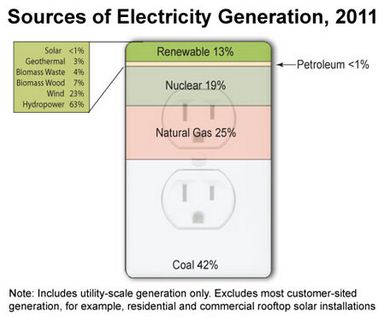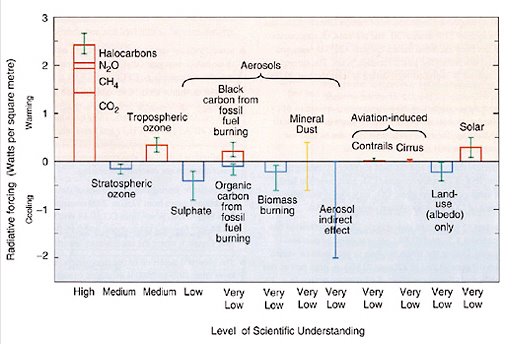SEARCH BLOG: ENERGY and GOVERNMENT
This may be slightly better than opening the taxpayers pockets and dumping their money into the wastelands of Detroit without a real plan... but only slightly.
 When tiny Fisker Automotive Inc. hit a financing glitch last year, threatening its plan to build a fancy gasoline-electric hybrid car in Finland, it turned to the U.S. Department of Energy.
When tiny Fisker Automotive Inc. hit a financing glitch last year, threatening its plan to build a fancy gasoline-electric hybrid car in Finland, it turned to the U.S. Department of Energy.
The DOE had a bolder idea. Why not also step up the company's plans to develop a less-expensive model, and assemble it in a closed U.S. auto plant?
Within months, Vice President Joe Biden, the former senator from Delaware, was helping lure the embryonic car company to a shuttered General Motors Co. factory four miles from his house in Wilmington, right across the tracks from Biden Park. Soon, Fisker Automotive, a two-year-old business that has yet to sell a car, won loans from the federal government totaling $528 million.
Fisker's new Karma model car, on display at the Los Angeles Auto Show earlier this month.
Fisker had joined a flock of other businesses seeking cash from the biggest venture capitalist of all, the U.S. government.
The DOE hopes to lend or give out more than $40 billion to businesses working on "clean technology," everything from electric cars and novel batteries to wind turbines and solar panels. In the first nine months of 2009, the DOE doled out $13 billion in loans and grants to such firms. By contrast, venture-capital firms -- which have long been the chief funders of fledgling tech firms, taking equity stakes in the start-ups that will pay off if they go public -- poured just $2.68 billion into the sector in that time, according to data tracker Cleantech Group.
Read more....
Rather than pick a company as a winner in the electric/alternative fuel race and then pour hundreds of millions of dollars... or more... into it [or whatever the amount today is], the DOE could simply work with a consortium of U.S.-based companies to develop systems that would be made available without fees to those companies. The systems could be patented and foreign-based companies could use them if they were superior to those developed by Japan, Inc. or Europe, Inc. for a fee per vehicle.
What is more likely is that a variety of competitive systems will be coming out faster than any government-run group could get its products through the red-tape maze. Given that, what is the government doing shelling out money to create another automobile manufacturer in an already crowded market?
Unlike the Kennedy administration race to the moon that opened up many new technologies to a variety of industries, this effort by the DOE has a vague goal and vaguer protocols about dealing with existing markets, companies, and infrastructure. Another fine stimulus program.
..
























